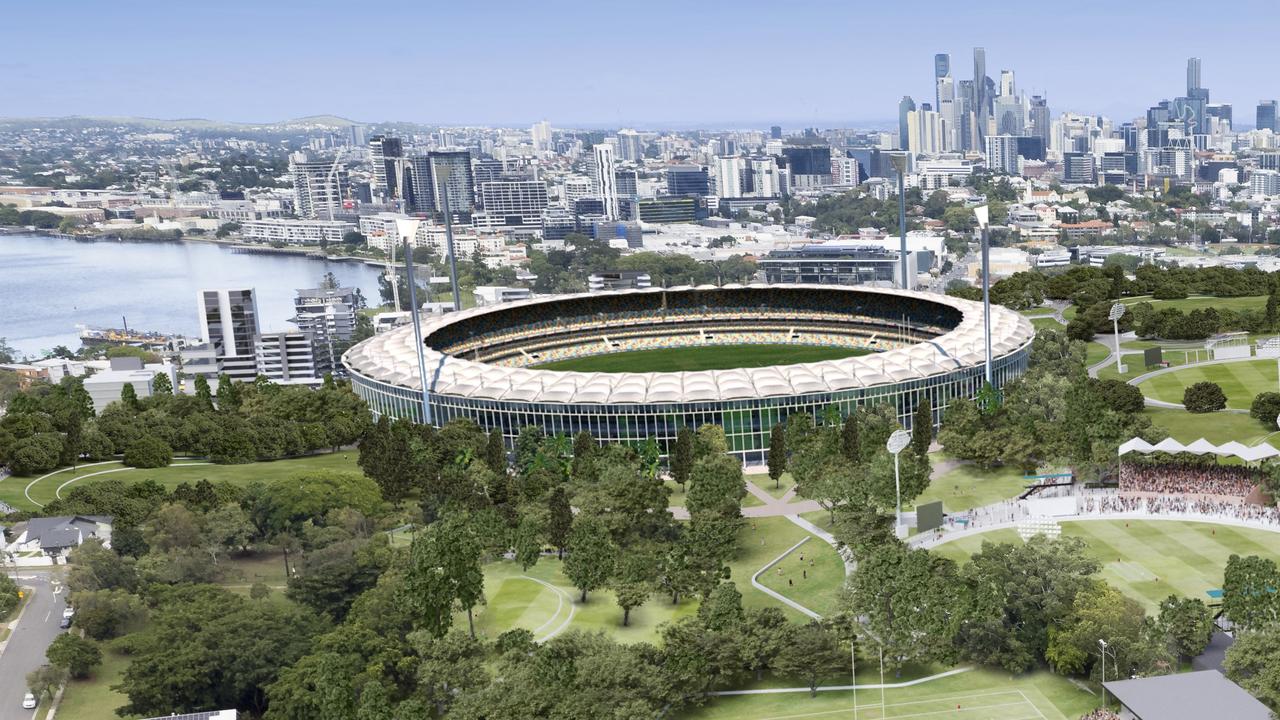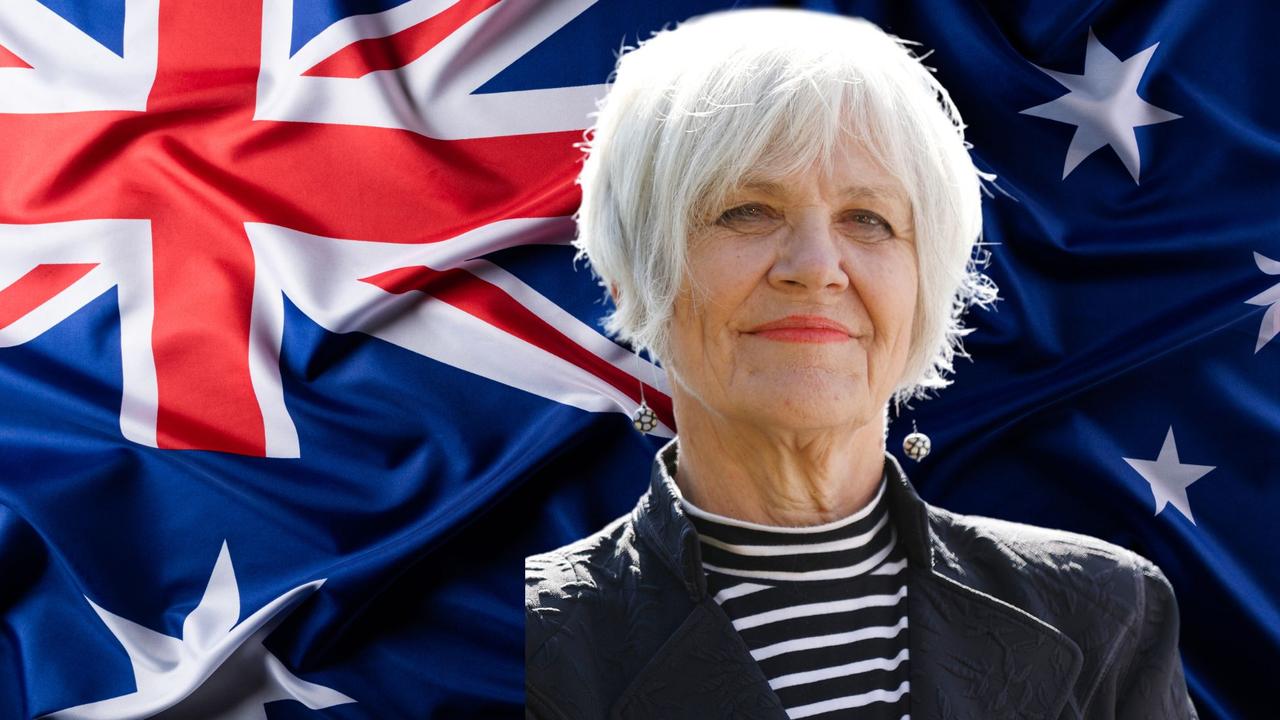Federal govt secures Aboriginal flag copyright from creator Harold Thomas after years of negotiations
The Australian Aboriginal flag has been made free for public use after the federal government finally settled a complicated copyright stoush.
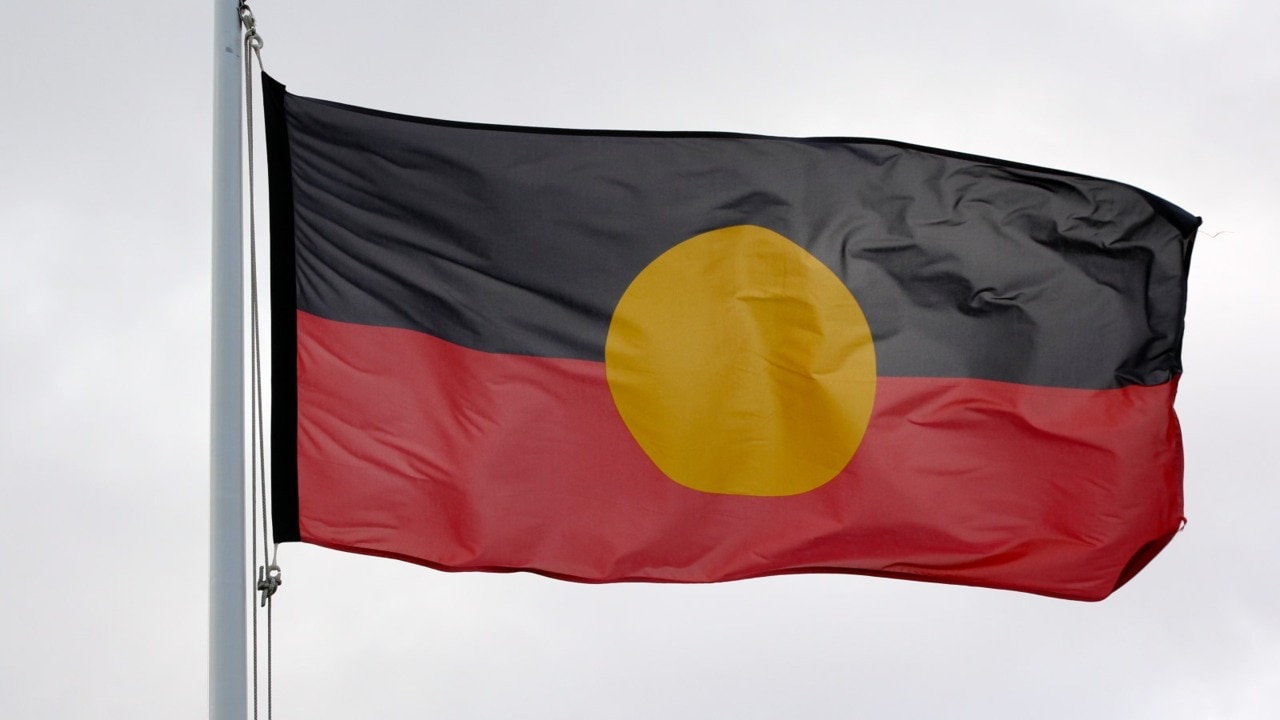
QLD Politics
Don't miss out on the headlines from QLD Politics. Followed categories will be added to My News.
The Australian Aboriginal flag has been made free for public use after the federal government settled a complicated longstanding copyright stoush.
Indigenous Australians minister Ken Wyatt said securing free use of the flag — an “enduring symbol close to the heart of Aboriginal people” — was “profoundly important”.
It’s understood the copyright transfer — including an undisclosed payout to the flag’s creator and to commercial licensees — cost a total of $20m.
Prime Minister Scott Morrison, declaring the government had “freed the Aboriginal flag”, said it would now be managed just like the national flag, in that it is free to use but must be “presented in a respectful and dignified way”.
“All Australians can now put the Aboriginal flag on apparel such as sports jerseys and shirts, it can be painted on sports grounds, included on websites, in paintings and other artworks, used digitally and in any other medium without having to ask for permission or pay a fee,” he said.
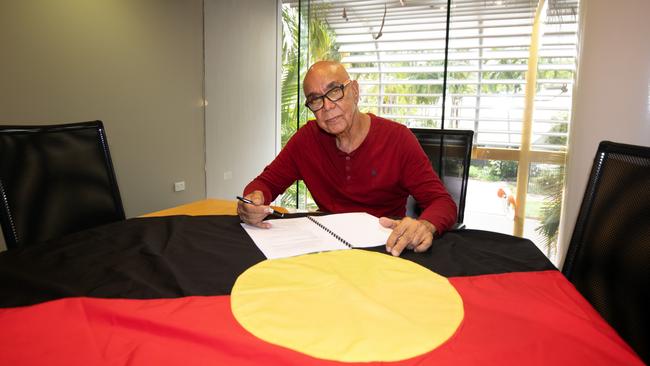
Luritja artist Harold Thomas, as the legally recognised creator of the Aboriginal flag since the late 1990s, granted exclusive rights of the flag’s use to a number of companies — including non-Indigenous owned WAM Clothing in 2018.
This caused significant licensing headaches, with Indigenous community groups, the AFL and the NRL told to fork out cash by commercial rights owners to use the design or be slapped with legal action.
The copyright agreement between the federal government and Mr Thomas comes nearly three years after negotiations began.
As part of the copyright transfer, Mr Thomas will retain his moral rights over the flag.
Under the agreement, the Aboriginal flag will still be exclusively manufactured on a commercial scale by Australian-owned Flagworld.
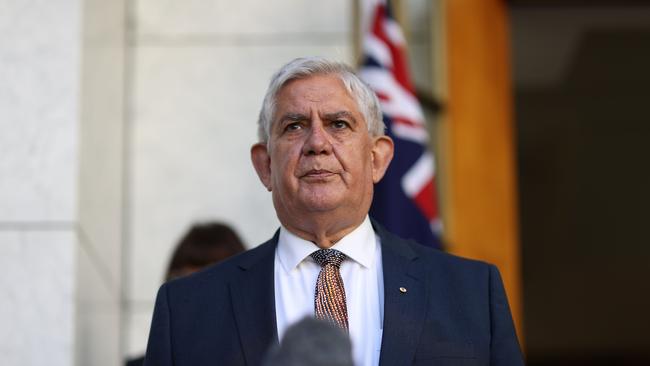
Any future royalties the government makes from sales of the flag by the company will go towards NAIDOC— the committee in charge of the annual event celebrating the history, culture and achievements of Aboriginal and Torres Strait Islander peoples.
The government will also provide a $100,000 annual scholarship in Mr Thomas’ honour for Indigenous students to further develop Indigenous governance and leadership.
The government has also “gratefully accepted” an original painting by Mr Thomas recognising the 50th anniversary of the flag, with the art to be displayed in a “prominent location”.
Mr Thomas has indicated he intends to put $2m toward establishing a not-for-profit Australian Aboriginal flag Legacy to provide periodic grants aligned with the interest of Aboriginal Australians and the flag .
“I hope that this arrangement provides comfort to all Aboriginal people and Australians to use the Flag, unaltered, proudly and without restriction,” he said.
“The Flag represents the timeless history of our land and our people’s time on it. It is an introspection and appreciation of who we are. It draws from the history of our ancestors, our land, and our identity and will honour these well into the future.”
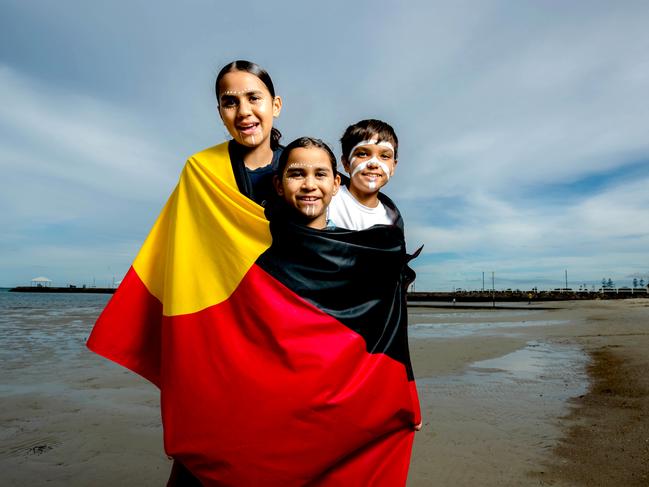
FREEING UP FLAG A PROUD MOMENT
Proud Aboriginal Queenslander Larry Edey says the freeing of the Aboriginal Australian flag means his culture now has an emblem that is “equally as important” as the Australian flag in what he says is the “most amazing news ever”.
After years of complicated copyright battles, the federal government announced it has made the Australian Aboriginal free for public use.
Mr Edey, a Kariyarra man now living in Quandamooka Country Brisbane Bayside, said that the flag was something that “represented his culture” and to know that anyone could now access the flag without being held accountable for its use was “amazing”.
“There’s so many things that people can identify their heritage with, but for us, that flag is significantly built around our pride and our history,” he said.
“It’s so good to know now that we have such an emblem that is equally as important as the Australian flag.”
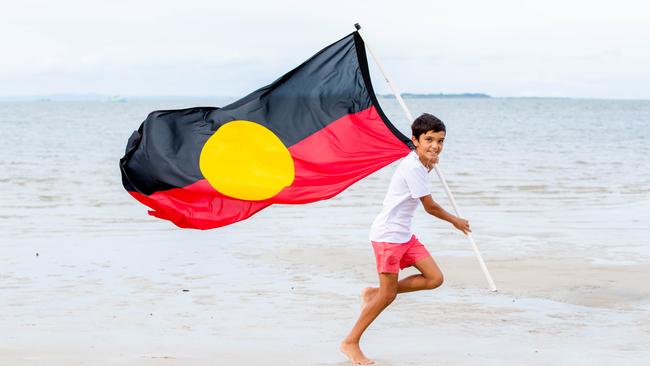
Mr Edey said that he looked forward to a new chapter without restrictions associated with his flag, such as sports.
“I have friends who play for the Brisbane Lions, and when it came to the Indigenous rounds, they would say to me, ‘I just can’t believe we can’t have the flag as the centre bouncer’,” he explained.
“We used to have to hide within our own community when we wanted to use it [the flag], there were just so many restrictions but now I’m looking forward to buying a shirt without being afraid to be copyrighted.”
He said the freeing of the flag also meant that allies could “walk alongside them”, especially at rallies.
Mr Edey acknowledged that some Australians may be hesitant to ‘change the date’ of Australia Day, but wanted to remind people it was “all about history”.
“I want to have that time where I can stand beside anyone and everybody and sing the national anthem and know that it is a united thing because we are Australian, all of us are Australian, and there is not that division anymore.”
“I get that people think it’s only 3.7 per cent of the population we’re trying to satisfy here, so why should we?”
“Well, it doesn’t affect you, but it emotionally affects us - it will make us feel equal.”


